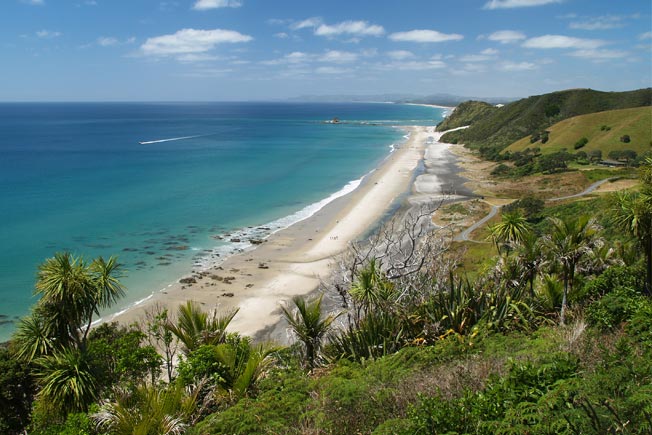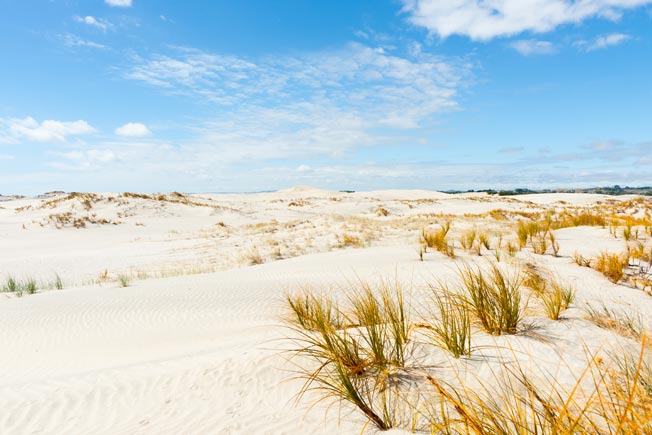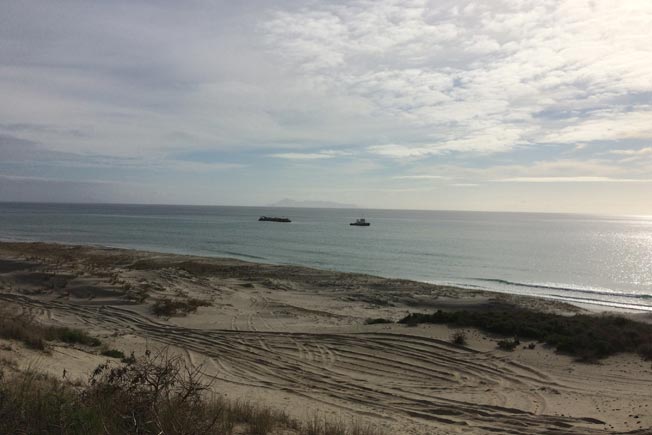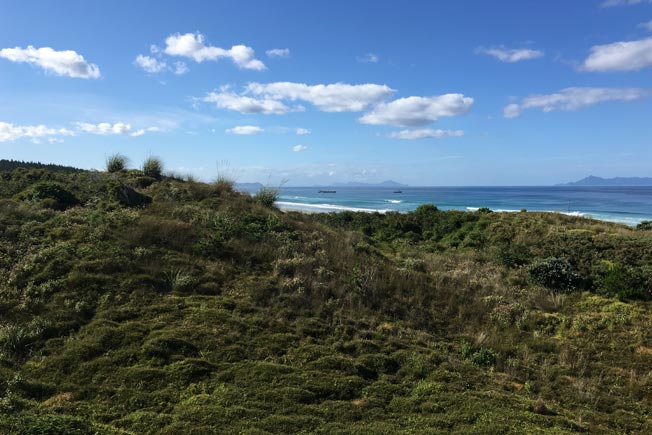It is the natural resource we consume most of worldwide, after air and water, and word is it’s starting to run out.
Sand is being described as one the most important commodities of the 21st century.
It’s what modern cities are made of; the main ingredient in concrete buildings and asphalt roads, computer screens and microchips.
Extracting sand is estimated to be a US$70 billion global industry according to the United Nations, and more than 40 billion tonnes of sand and gravel are estimated to be extracted every year.
While the world may seem to have an abundant supply of this sought-after commodity, soaring demand has seen beaches and riverbeds in some parts of the world stripped, to devastating effect.
In Indonesia, more than 20 islands are believed to have disappeared in just the last 20 years due to sand mining.
Countless fish and birds are being killed by river sand mining in India, while miners have torn up hundreds of acres of forest in Vietnam to get at the sand underneath, according to investigative journalist Vince Beiser.
The L.A.-based writer is about to publish a book about the global market for sand; a market he says has been fuelled by an explosion in urban growth, especially across the developing world, over the last 20 to 30 years.
“Today there are four billion people living in cities … cities are growing at a rate and on a scale that has never happened before.
“When you have development going on at such an incredibly rapid pace, and weak laws protecting the environment, then you have people just stripping riverbeds and beaches bare to sell those sand grains to developers, to people who are building Shanghai and Mumbai and so on.”
Desert sand is not suitable for use in construction materials like concrete (its wind-shaped grains are too fine), so sand shaped by water has become the grain of choice in many countries where development is booming.
In China, sand mining in the Yangtze River caused the river’s banks to collapse, taking out people’s homes and farmers’ fields, Beiser says.
Legal extraction moved to Poyang Lake, the biggest freshwater lake in China, and now the biggest sand mine in the world, he explains.
“There are a lot of places where all the sand you can get at easily is gone.”
“Companies are having to go ever further, go to greater and greater lengths and cause more and more damage to extract the stuff.”
How widespread is sand mining in New Zealand?
Sand is extracted from New Zealand beaches, ports, quarries and rivers, but just how much and where is not easy to sum up.
There are are no central statistics on sand mining.
The closest thing is a voluntary survey of quarries by New Zealand Petroleum and Minerals, which puts the combined amount of sand, rock and gravel produced by quarries, at around 30 million tonnes a year.
Regional councils, asked how many sand mining activities were consented for in their areas, reported between zero and 26, ranging from harbour dredging, to dune extractions for commercial purposes and flood defences.
Perhaps the best indication is the concrete industry, where most of the sand extracted in New Zealand is understood to end up.
Source: Stuff.co.nz













